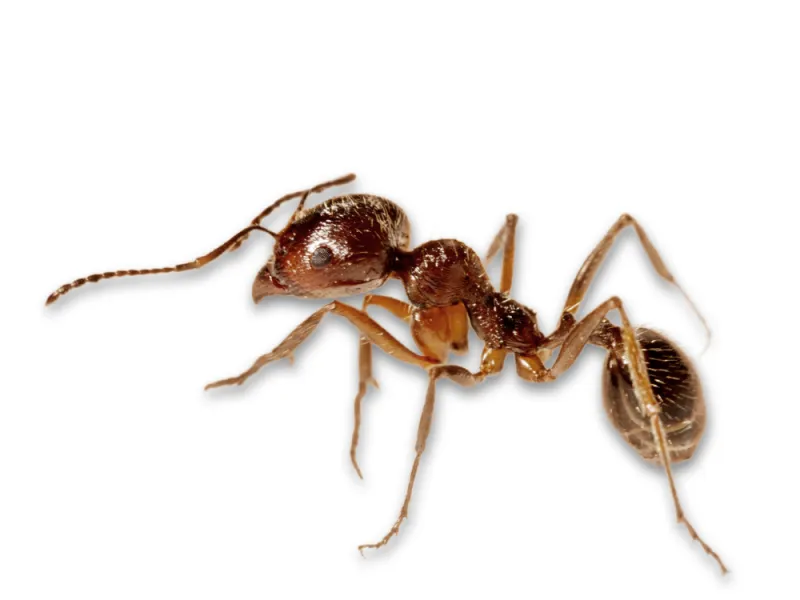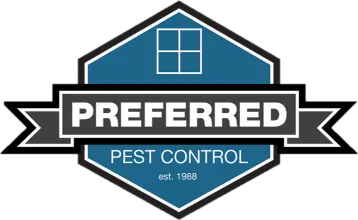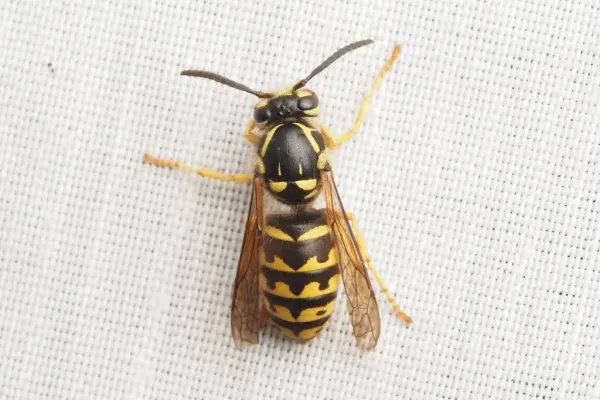Ants We See In Southeast Georgia

As the temperature rises in Savannah, so does the activity of a common household nuisance: ants. These tiny invaders can quickly become a major annoyance, invading your space, contaminating food, and even causing property damage. At Preferred Pest Control, we understand locals' challenges when dealing with various ant species. Let's delve into our area's four most prevalent types of ants.
Pavement or Common Ants
The common ant, also known as the black garden or pavement ant, is a widespread species in North America. These ants are typically small, measuring between 1/16 and 1/8 inch, and have dark brown to black bodies. Despite their size, common ants can form large colonies containing thousands of individuals.
Common ants are highly adaptable, thriving in various environments such as urban, suburban, and rural areas. They nest beneath sidewalks, driveways, and building foundations, making them a common sight around homes. Omnivorous by nature, they scavenge for sugary substances, meats, grease, and other organic matter, often becoming a nuisance in kitchens and food storage areas.
Controlling common ant infestations involves preventive measures like eliminating food and water sources, sealing entry points into buildings, and having ongoing pest control treatments. Regular pest control services can help monitor ant activity, assess treatment effectiveness, and make necessary adjustments to the pest management plan.
While common ants are generally considered a nuisance rather than a significant threat, their presence can be bothersome and unsanitary, especially when they invade living spaces and food storage areas.
Pharaoh Ants
Tiny and relentless, Pharaoh ants are a common sight in Savannah households. These light yellow to reddish-brown ants are notorious for their ability to establish large colonies indoors, particularly in warm and humid environments. You'll often find them nesting in wall voids, under floors, and even inside electrical outlets in spring and summer.
Pharaoh ants are attracted to various foods, including sweets, greasy foods, and even proteins. They can contaminate food stores and pose a risk to human health by spreading bacteria and pathogens.
Red Imported Fire Ants
Red Imported Fire Ants, scientifically known as Solenopsis invicta, are notorious invasive ants native to South America. They are small ants, typically ranging from 1/8 to 1/4 inch (2 to 6 mm) in length, with reddish-brown to reddish-black bodies and shiny appearance. They have distinctive dome-shaped mounds of loose soil, often with multiple openings, and prefer sunny, open spaces like lawns, fields, parks, and roadsides.
Fire ants are known for their aggressive behavior, particularly when their nests are disturbed. They are fiercely territorial and will vigorously defend their nests against perceived threats, including humans and other animals. These ants are omnivorous, feeding on a wide range of plant and animal matter, including seeds, insects, and small vertebrates. Their sting is potent and can cause a painful, burning sensation with localized swelling and redness. In individuals sensitive to their venom, fire ant stings can trigger severe allergic reactions, including anaphylaxis.
Fire ants reproduce rapidly, with large colonies containing hundreds of thousands to millions of ants. Colonies are typically founded by multiple queens, which can produce hundreds of eggs per day under optimal conditions. That said, these ants can be challenging to manage and often respond best to ongoing Integrated pest management (IPM) approaches.
Carpenter Ants
Carpenter ants are a species known for damaging wooden structures. Unlike termites, they do not consume wood for sustenance but hollow out wooden materials to create nests.
These ants are typically large, with black or reddish-black bodies, and are commonly found in damp or decaying wood, such as tree stumps, logs, and structural lumber. In urban settings, they often nest in areas with high moisture content, such as basements, crawl spaces, and attics.
Carpenter ants are primarily nocturnal, foraging for food at night and returning to their nests during the day. They are omnivorous, feeding on foods including insects, honeydew produced by aphids, and household scraps.
Controlling carpenter ant infestations typically involves identifying and eliminating moisture sources, locating and treating nesting sites, and implementing preventive measures such as sealing cracks and gaps in buildings. If you're having issues, contact Preferred, and we'll help protect your structures from infestation.
How Quarterly Pest Control Can Help
At Preferred Pest Control, we offer a comprehensive Quarterly Pest Control service specifically designed to target and prevent common ant infestations. Our Special Services also address unique ants like fire and carpenter ants. Our trained service professionals will thoroughly inspect your property to identify ant entry points, nesting sites, and conducive conditions, ensuring effective and long-lasting protection.
Using a combination of targeted treatments and proactive measures, we'll create a customized pest management plan tailored to your specific needs. Our quarterly visits will ensure ongoing protection against ants and other common household pests, giving you peace of mind year-round.
Don't let ants take over your home! Contact Preferred Pest Control today to schedule your Quarterly Pest Control service, or learn about our other services, and say goodbye to pesky ant infestations for good.



